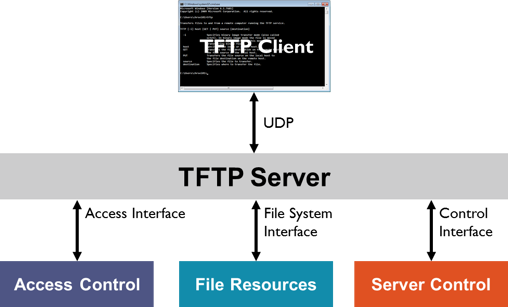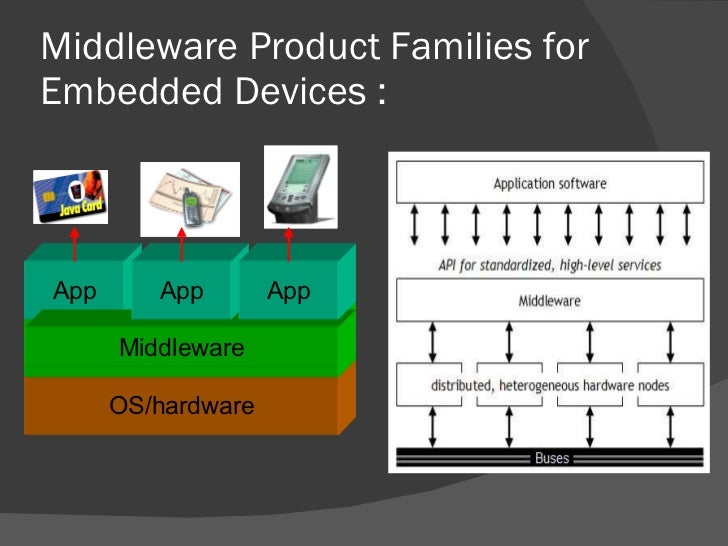

Our management network provides a DHCP service, which is a network boot pre-requisite. Due to the lack of support for HTTPS boot in the UEFI versions used, we do not use this feature at all. HTTPS boot exists, but has gained limited support so far. In the BIOS world, only TFTP-based network boot via IPv4 (which is also commonly known as a Preboot Execution Environment, PXE) is available. In the UEFI world, IPv4 and IPv6 are the supported network protocols for both HTTP and TFTP-based network boot. In practice, we also need to support older UEFI versions, so our network boot supports both the HTTP and TFTP-based options. While for HTTP boot you only need to operate HTTP for the initial boot phase, it is only supported since UEFI 2.5. HTTP URL and TFTP-stored files are both variants of the so-called network boot. TFTP uses UDP as its transport protocol, does not provide authentication features, and is generally only used on local area networks (LAN). TFTP is a simpler version of the file transfer protocol (FTP). Depending on your boot program, this device can be another hard drive, a USB stick, a HTTP URL, or a file stored on a Trivial File Transfer Protocol (TFTP) server. If maintenance is needed, the boot device order is temporarily altered and the boot program proceeds with the loading of the operating system from another device. When your server is in a good shape, it usually boots from a local disk drive first. The operating system then performs its boot procedure. This program (in both BIOS and UEFI worlds) is responsible for hardware initialization, connected equipment detection, boot device selection, and the loading of the operating system. When your computer powers on, the processor passes execution to a boot program that used to be known as the Basic Input/Output System (BIOS) - a system later replaced by a Unified Extensible Firmware Interface (UEFI). In this article, I’ll explain how we configure our infrastructure for network boot via UEFI and IPv6, with a demonstration of this configuration on a server booting from a network. But these drives proved to be hard to maintain and often required physical human interaction.īased on the experience with flash drives, we chose to implement a network boot infrastructure. In the past, we entered maintenance mode via booting from USB flash drives. We have dozens of physical servers spread across Africa, and, as with every physical server, these machines need to be put into maintenance mode sometimes – be it a recovery or reinstallation. Our content delivery network serves users with a better cache hit ratio at a fraction of the price of third-party content delivery services (cloud services are a synonym for other people’s computers anyway).

This is especially important when it comes to content delivery. In contrast to current trends, we tend not to use cloud-based services everywhere. Here, I’ll cover how Showmax approaches remote maintenance and how it works end-to-end. It’s not always possible to boot your server from a USB stick or even that ancient spinning optical media technology, and you also want to be sure that you can reinstall or repair servers with as little physical interaction as possible. Having a physical infrastructure spread across continents presents you with non-trivial challenges when it comes to maintenance.


 0 kommentar(er)
0 kommentar(er)
